Your dog will rely on you to keep him in good health. A proper diet, regular exercise and grooming, and routine check-ups at the veterinarian will help keep your dog in top form. It’s also important for you to get to know your dog’s habits — eating, drinking, sleeping, and so forth — since sometimes a variation in those habits can be an indication that he isn’t feeling well.
Ask your veterinarian for advice on healthcare and prevention and be sure to seek medical advice if you think your dog is ill or hurt.
Signs of Good Health
Skin
Healthy skin is flexible and smooth, without scabs, growths, white flakes, or red areas. It ranges in color from pale pink to brown or black depending on the breed. Spotted skin is normal, whether the dog has a spotted or solid coat. Check your dog for fleas, ticks, lice, or other external parasites. To do this, blow gently on your dog’s stomach or brush hair backward in a few places to see if any small specks scurry away or if ticks are clinging to the skin. Black “dirt” on your dog’s skin or bedding may be a sign of flea droppings.
Coat
A healthy coat, whether short or long, is glossy and pliable, without dandruff, bald spots, or excessive oiliness.
Eyes
Healthy eyes are bright and shiny. Mucus and watery tears are normal but should be minimal and clear. The pink lining of the eyelids should not be inflamed, swollen, or have a yellow discharge. Sometimes you can see your dog’s third eyelid, a light membrane, at the inside corner of an eye. It may slowly come up to cover his eye as he goes to sleep. The whites of your dog’s eyes should not be yellowish. Eyelashes should not rub the eyeball.
Ears
The skin inside your dog’s ears should be light pink and clean. There should be some yellow or brownish wax, but a large amount of wax or crust is abnormal. There should be no redness or swelling inside the ear, and your dog shouldn’t scratch his ears or shake his head frequently. Dogs with long ears that hang down may need extra attention to keep the ears dry and clean inside and out.
Nose
A dog’s nose is usually cool and moist. It can be black, pink, or self-colored (the same color as the coat), depending on the breed. Nasal discharge should be clear, never yellowish, thick, bubbly, or foul smelling. A cool, wet nose does not necessarily mean the dog is healthy, and a dry, warm nose doesn’t necessarily mean he’s sick. Taking his temperature is a better indication of illness.
Mouth, Teeth and Gums
Healthy gums are firm and pink, black, or spotted, just like the dog’s skin. Young dogs have smooth white teeth that tend to darken with age. Puppies have 23 baby teeth and adults have around 42 permanent teeth, depending on the breed. As adult teeth come in, they push baby teeth out of the mouth.
To check your dog’s mouth, talk to him gently, then put your hand over the muzzle and lift up the sides of his mouth. Check that adult teeth are coming in as they should, and not being crowded by baby teeth. Make sure the gums are healthy and the breath is not foul-smelling. Look for soft white matter or hard white, yellow, or brown matter. This is plaque or tartar and should be brushed away.
Mouth infections can lead to serious problems in the gums and other parts of the body, including the heart, so it’s important to give your dog’s teeth and mouth special attention.
Temperature
A dog’s normal temperature is 101 to 102.5 degrees Fahrenheit (38.3 to 39.2 degrees Celcius). To take your dog’s temperature, you’ll need a rectal thermometer. Put some petroleum jelly on the bulb of the thermometer. Ask someone to hold your dog’s head while you lift his tail and insert the thermometer about an inch or so into the rectum. Do not let go of the thermometer. Hold it in until the temperature is read (about 3 minutes for a mercury thermometer), and then remove gently.
Heartbeat and Pulse
Because dogs come in a wide range of sizes, their heartbeats vary. A normal heart beats from 50 to 130 times a minute in a resting dog. Puppies and small dogs have faster speeds, and large dogs in top condition have slower heartbeats. To check your dog’s heartbeat, place your fingers over the left side of the chest, where you can feel the strongest beat. To check the pulse, which is the same speed as the heartbeat, press gently on the inside of the top of the hind leg. There is an artery there and the skin is thin, so it’s easy to feel the pulse.
Elimination
Urine is a good indicator of a dog’s health and should be clear yellow. Most adult dogs have one or two bowel movements a day. Stools should be brown and firm. Runny, watery, or bloody stools, straining, or too much or too little urination warrant a call to the veterinarian.
Weight
A healthy dog’s weight is the result of the balance between diet and exercise. If he is getting enough nutritious food and exercise but still seems over- or underweight, he may have a health problem. Don’t let your dog get fat by giving him too many between-meal snacks; obese dogs often develop serious health problems. The best way to tell if your dog is overweight is to feel his rib-cage area. You should be able to feel the ribs below the surface of the skin without much padding.
Vaccinations
Regular vaccinations from your veterinarian can keep your dog from getting serious and sometimes fatal illnesses such as distemper, parvovirus, hepatitis, leptospirosis, coronavirus, and rabies. A vaccination is also available for kennel cough, a respiratory problem that affects young dogs or dogs exposed to many other dogs.
A puppy’s first vaccines ideally should be given at five or six weeks of age and continue over a period of several weeks, up to sixteen weeks. Afterward, regular booster shots provide the protection your dog will need. Be sure to stick to the schedule your veterinarian gives you to ensure immunity.
When to Call the Vet
You should alert your veterinarian if your dog exhibits any unusual behavior, including the following symptoms:
- Vomiting, diarrhea, or excessive urination for more than twelve hours.
- Fainting.
- Loss of balance, staggering, falling.
- Constipation or straining to urinate.
- Runny eyes or nose.
- Persistent scratching at eyes or ears.
- Thick discharge from eyes, ears, nose, or sores.
- Coughing or sneezing.
- Difficulty breathing, prolonged panting.
- Shivering.
- Whining for no apparent reason.
- Loss of appetite for 24 hours or more.
- Weight loss.
- Dramatic increase in appetite for 24 hours or more.
- Increased restlessness.
- Excessive sleeping or unusual lack of activity.
- Limping, holding, or protecting part of the body.
- Excessive drinking of water.
- When the dogs gums are white.
Recent Pet Posts
Blog Categories
Product categories
- Accessories (9)
- Chicken & Veggie Wraps (8)
- Grillers Jerky Tenders (4)
- Jerky Treats (10)
- Made in the USA (9)
- Non-Rawhide Treats (28)
- Beggar Bone (11)
- Bully Sticks (4)
- Butcher Bone (4)
- Cod Skin Fish Treats (3)
- Pork Skin Twists (2)
- Pressed Rawhide Bones & Rolls (16)
- Bones & Rolls (6)
- Pressed Rawhide Bulk (6)
- Twist Sticks (4)
- Savory Munchies (13)
- Supreme Bones & Rolls (48)
- American Rawhide Bulk (16)
- Rawhide Bones (14)
- Rawhide Chips (6)
- Rawhide Rolls & Sticks (12)
- Uncategorized (8)

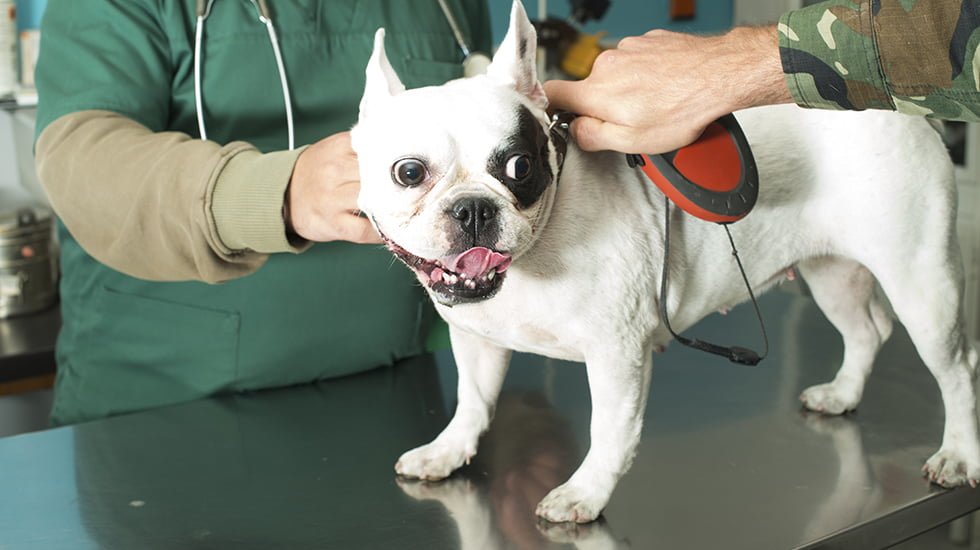
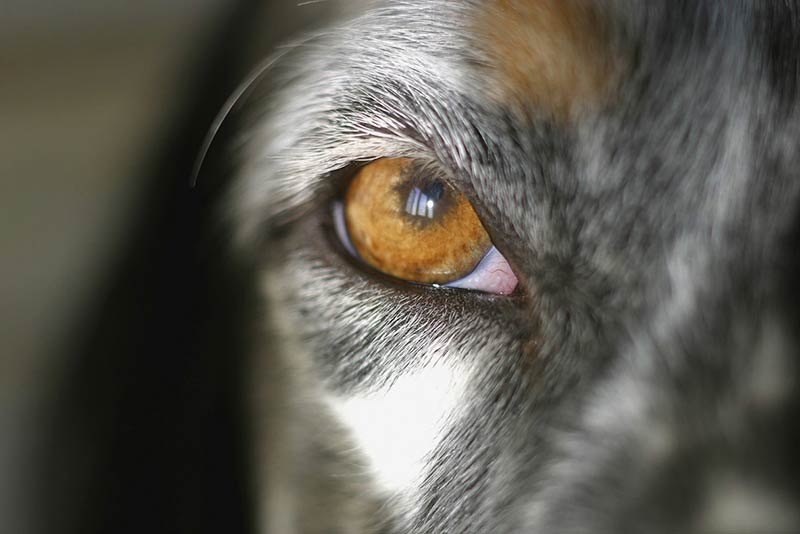
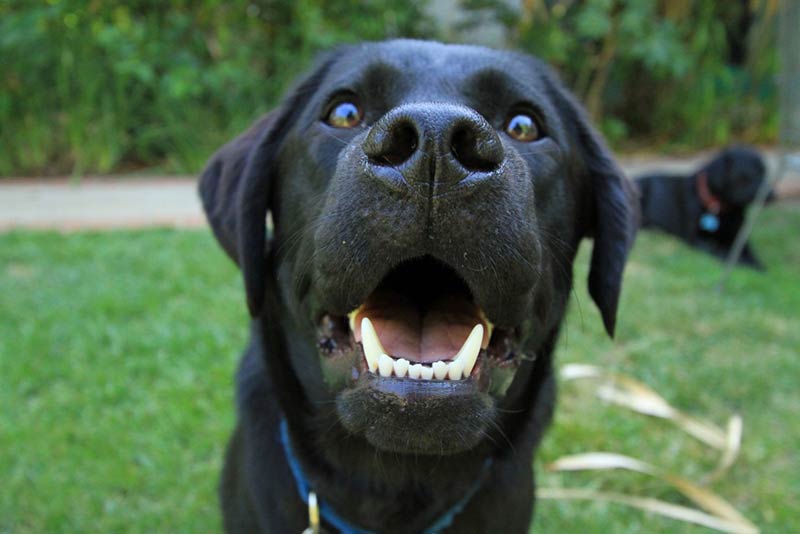

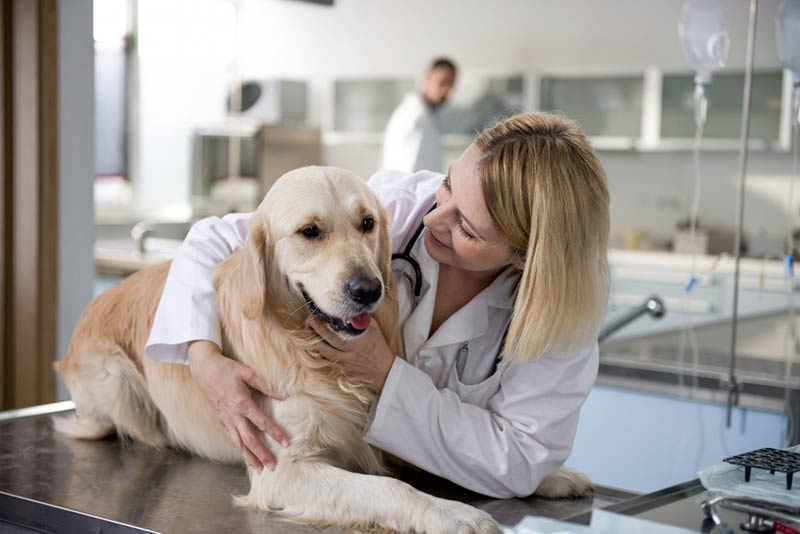
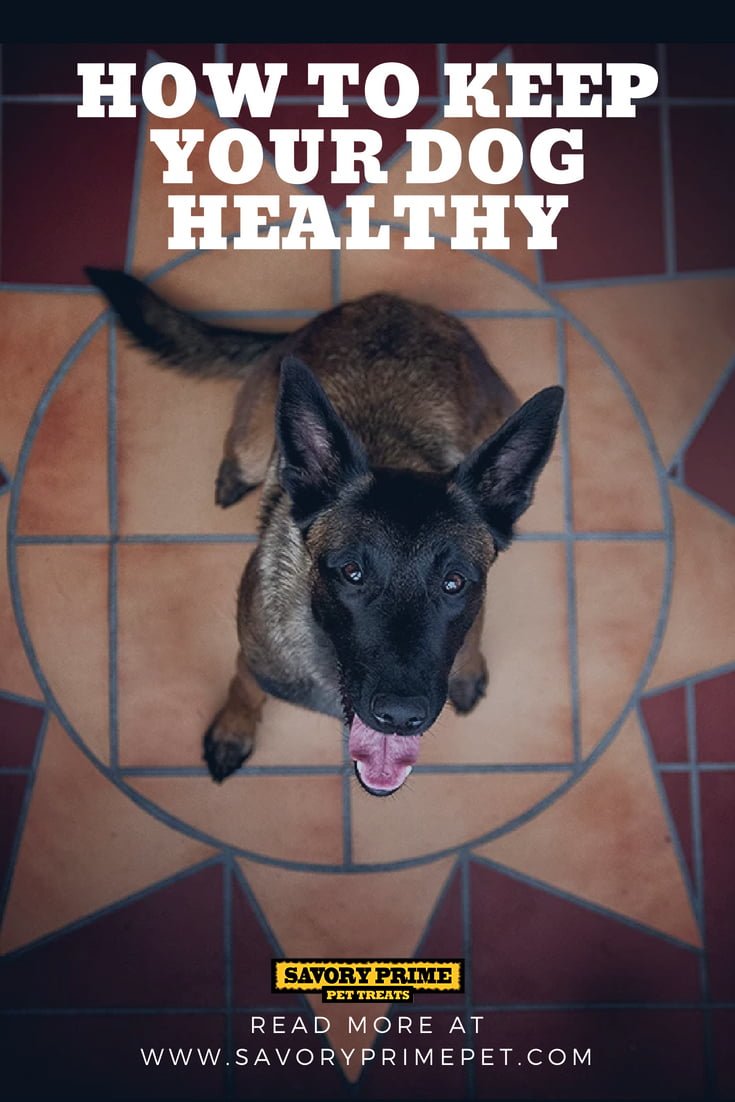
1 Comment. Leave new
Nice blog! Very informative articles I am sure to share to all my dog loving friends! Keep up the great work!